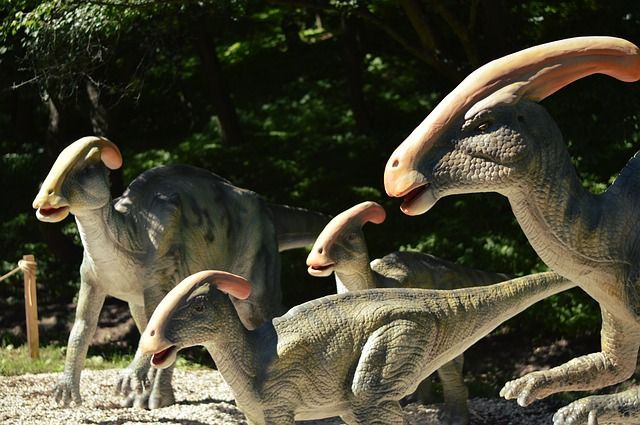Kongonaphon Kely: Bug-Length Fossil Found In Madagascar May Have Links To Larger Dinosaurs
KEY POINTS
- Tiny fossil was found encased in sandstone back in 1998
- Examining a small thigh bone fossil led scientists to believe it was nearly a full-grown adult, not a baby
- Fossil is understood to represent Triassic Period, the preceding era of Jurassic and Cretaceous periods
Scientists have unearthed a tiny bug-like fossil in Madagascar which they said have lived in around 237 million years ago and have possible links to much larger dinosaurs and flying pterosaurs. Researchers who have examined the fossil classified it to be part of the Ornithodira group, to which dinosaurs and pterosaurs also belong.
The fossil, named Kongonaphon kely or “tiny bug slayer,” was discovered by scientists in 1998 as part of a program led by John Flynn, American Museum of Natural History Frick Curator of Fossil Mammals. Students and scientists from the University of Antananarivo in Madagascar who assisted Flynn in the venture dug up several other fossils from the same site over the following years.
The experts were typically intrigued by the fossil of Kongonaphon kely, found encased in sandstone, because of its “shockingly small” size, as well as its pointed teeth implying it was much more than what meets the eye.
In a study published on Monday (July 6) by the National Academy of Sciences, experts concluded the merely 4-inch tall species could well be ancestors to dinosaurs and pterosaurs, some of the largest known animals to have ever lived on earth.
According to the researchers, the “tiny bug slayer” was so named because it fed on hard-shelled insects with the help of its pointed teeth. Judging by the structure of a small thigh bone of the creature, researchers believed the tiny creature was nearly a full-grown adult, not a baby.
"That's critically important for confidently concluding that the ancestors of dinosaurs and pterosaurs were tiny, in contrast to the later dinosaur giants that roamed the landscape or large pterosaurs flying high above them," Flynn said.
The fossil is believed to represent the Triassic Period, the preceding era of Jurassic and Cretaceous periods. However, little is known about the lineage because of few specimens being found.
"These are among the most iconic prehistoric animals and are well known from plentiful fossils in the Jurassic and Cretaceous periods," Christian Kammerer, a research curator in paleontology at the North Carolina Museum of Natural Sciences and a former Scholar at the American Museum of Natural History, told CNN. "However, their origins in the preceding Triassic Period are poorly understood.”
"If you want to know how dinosaurs and pterosaurs first evolved, and how they came to be the dominant vertebrates on land for the next 140 million years, you need to know about their ancestry among the early ornithodirans of the Triassic Period," Kammerer added.
Kammerer believes that the discovery of this small Triassic ornithodiran point to a "miniaturization event" before the evolvement of larger dinosaurs.
"There are other small Triassic reptiles, but this is near the lower limit of body size for the broader dinosaurian lineage -- smaller representatives would not appear until the origin of birds," he noted.

© Copyright IBTimes 2024. All rights reserved.






















